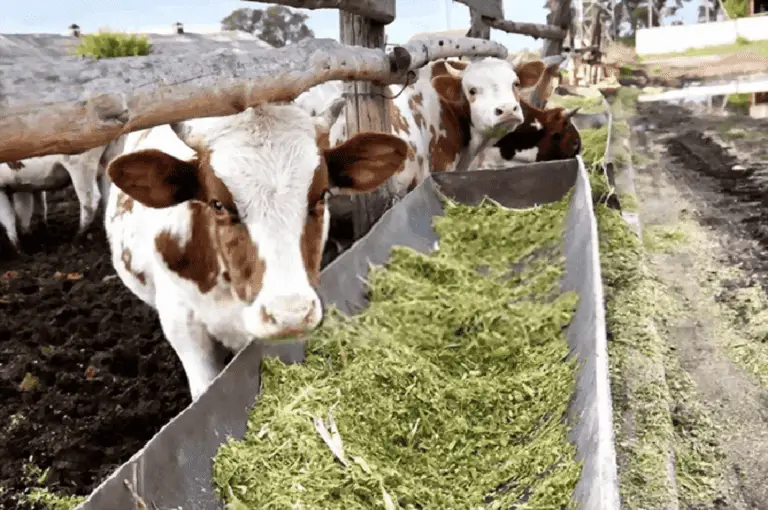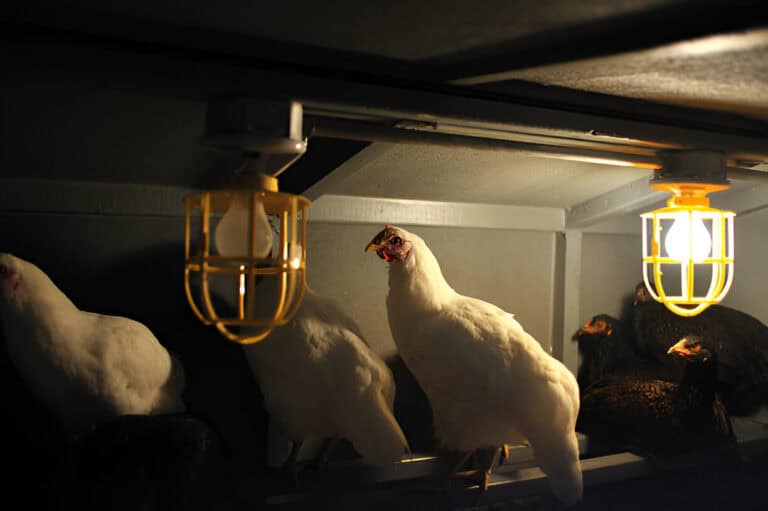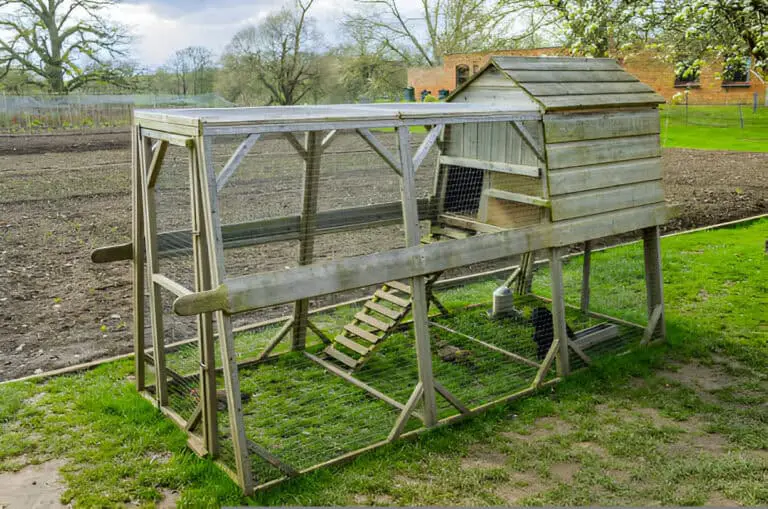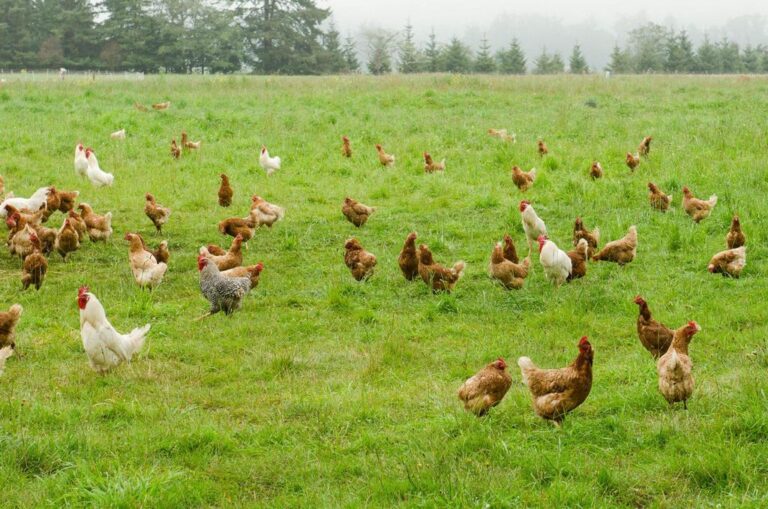Which Direction Should a Chicken Coop Face? The Compass Guide to Happy Hens!
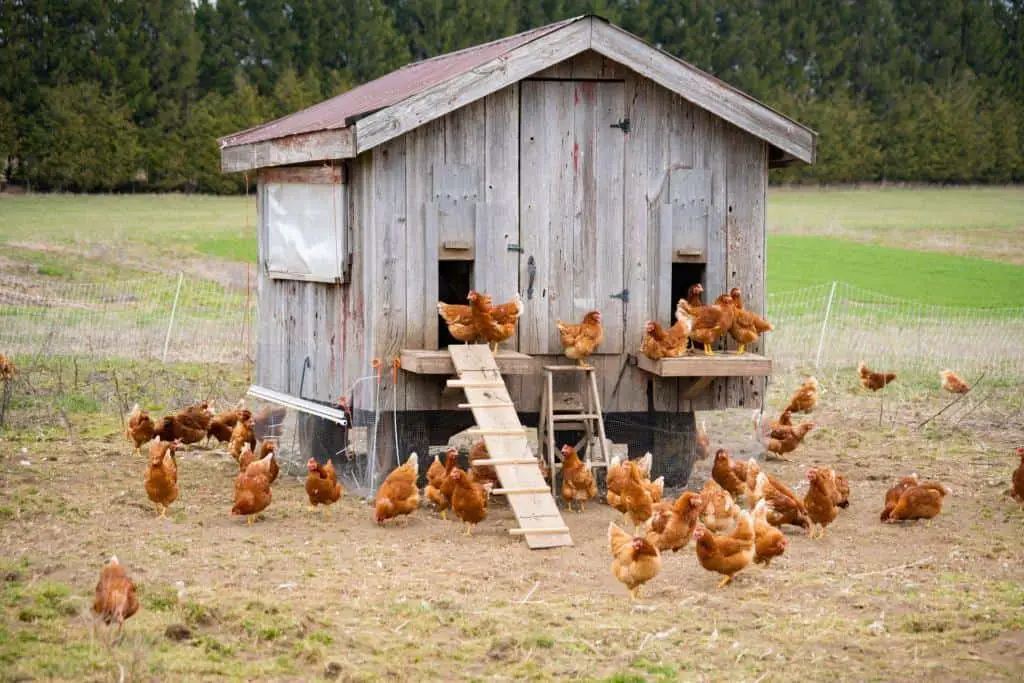
When I first started raising chickens, I thought building a coop was all about square footage and nesting boxes. I was focused on the basics—enough room for the hens to roam, cozy nesting spots for eggs, and good ventilation to keep them comfortable. But then I stumbled upon a question that made me scratch my head: Which direction should a chicken coop face? It sounds simple, right? Turns out, it’s not just about where you plop it down—it’s about setting your flock up for success in the long run.
After a few years of trial and error (and some hilarious chicken-related mishaps), I’ve learned that coop orientation can make or break your chickens’ happiness. Did you know that the right direction can affect their egg production, comfort, and even health? If you’ve been unsure about the best way to face your coop, you’re not alone!
In this article, I’ll share my personal experience and insights on the optimal chicken coop orientation. By the end, you’ll know exactly how to face your coop for maximum sunlight, airflow, and protection from the elements, helping your chickens thrive through every season.
Why Coop Direction Matters: It’s Not Just a Compass Game
At first, I thought coop direction was just another overhyped chicken-keeping myth. But then I noticed something: my neighbor’s coop always seemed cooler in the summer and warmer in the winter, while mine was either a sauna or an icebox. The difference? Their coop faced south; mine faced west.
Turns out, the direction your coop faces affects everything from temperature regulation to egg production. It’s like real estate for chickens—location, location, location! So, let’s break it down.
The Goldilocks Zone: Finding the Perfect Orientation
After some research and a lot of experimenting, I’ve found that facing your coop south or southeast is the sweet spot. Here’s why:
- Sunlight: A south-facing coop gets plenty of natural light without being blasted by the harsh afternoon sun. Chickens need light to lay eggs, but too much heat can stress them out.
- Ventilation: A southeast orientation catches the morning breeze, keeping the coop fresh and airy.
- Temperature Control: South-facing coops stay warmer in the winter and cooler in the summer, thanks to the sun’s angle.
But don’t just take my word for it. Let’s dive deeper into the pros and cons of each direction.
| Check out: Do Chicken Coops Need Heating in Cold Climates? |
The Compass Breakdown: Which Way Should You Go?
Here’s a quick table to help you decide which direction works best for your coop:
| Direction | Pros | Cons |
| South | Balanced sunlight, warm in winter | Can get hot in summer without shade |
| Southeast | Morning sun, good ventilation | Less afternoon light |
| East | Gentle morning light, cool in summer | Can be chilly in winter |
| West | Warm afternoons, good for colder climates | Can overheat in summer |
| North | Stays cool in summer | Dark and cold in winter |
As you can see, south and southeast are the winners for most climates. But if you live in a particularly hot or cold area, you might need to tweak things.
The Sun Factor: Light and Heat for Happy Hens
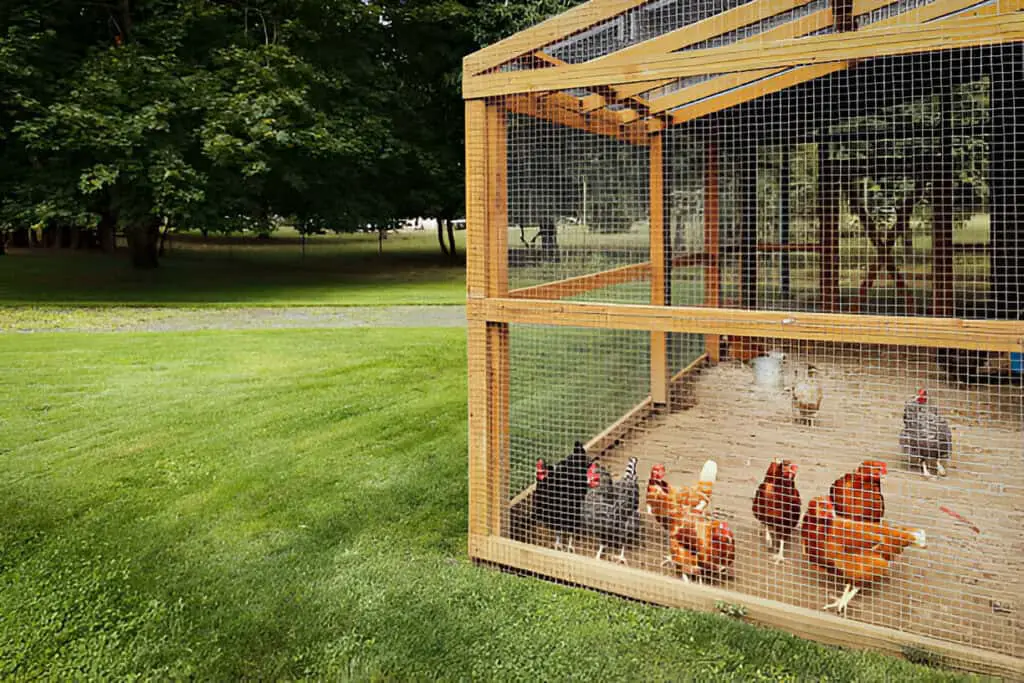
Chickens are solar-powered creatures—well, sort of. They need sunlight to regulate their internal clocks and lay eggs. But too much sun can turn your coop into an oven. Here’s how to strike the right balance:
- Morning Sun: A southeast-facing coop gets gentle morning light, which is perfect for waking up your flock and encouraging egg production.
- Afternoon Shade: Avoid west-facing coops unless you live in a cooler climate. The afternoon sun can be brutal, especially in the summer.
I learned this the hard way when my west-facing coop turned into a chicken sauna. My poor hens were panting like dogs, and egg production dropped faster than my motivation to clean the coop. Lesson learned: shade is your friend.
| Read: Do Chicken Coops Really Need Windows? |
The Wind Factor: Breezes and Drafts
Chickens don’t like drafts, but they do appreciate good airflow. A coop that faces southeast catches the morning breeze, which helps keep the air fresh and reduces moisture buildup. Too much moisture can lead to mold, respiratory issues, and unhappy chickens.
On the flip side, a north-facing coop might stay too damp and cold, especially in winter. If you live in a windy area, consider adding windbreaks like shrubs or fences to protect your coop.
The Seasonal Shuffle: Adapting to the Weather
One thing I love about chickens is how resilient they are. But even the hardiest flock needs a little help when the seasons change. Here’s how coop orientation plays into seasonal adjustments:
- Summer: A south or southeast-facing coop stays cooler because it avoids the harsh afternoon sun. Add some shade cloth or plant a few trees to keep things comfortable.
- Winter: A south-facing coop soaks up the sun’s warmth, helping your chickens stay toasty. Just make sure to insulate the coop and block any drafts.
| Related: Backyard Chicken Coops Q&A |
The Predator Angle: Safety First
Coop orientation isn’t just about comfort—it’s also about safety. Predators like raccoons and foxes are more likely to strike at night, so make sure your coop’s entrance isn’t facing dense brush or dark corners. A south or southeast-facing entrance gives you better visibility and makes it easier to keep an eye on your flock.
The DIY Factor: How to Position Your Coop Like a Pro
Ready to position your coop like a chicken-keeping pro? Here’s a step-by-step guide:
- Observe Your Yard: Spend a day tracking the sun’s path and noting where shadows fall.
- Choose Your Spot: Pick a location that gets morning sun and afternoon shade.
- Check the Wind: Make sure the coop isn’t in a wind tunnel. Use natural windbreaks if needed.
- Level the Ground: Ensure the area is flat and well-drained.
- Face the Entrance: Position the door to the south or southeast for optimal light and airflow.
The Chicken’s Perspective: What Your Flock Really Wants
At the end of the day, your chickens just want a safe, comfortable place to live. Here’s what’s on their wishlist:
- Natural Light: They need sunlight to stay healthy and productive.
- Fresh Air: Good ventilation keeps them breathing easy.
- Comfortable Temperatures: No one likes to sweat or shiver.
- Safety: A well-placed coop keeps predators at bay.
My Coop Journey: Lessons Learned the Hard Way
I’ll admit, I didn’t get it right the first time. My first coop faced west, and it was a disaster. The summer heat was unbearable, and my hens stopped laying eggs. After some research (and a lot of sweat), I moved the coop to face southeast. The difference was night and day. My chickens were happier, healthier, and more productive. And honestly, so was I.
Final Thoughts: Point Your Coop in the Right Direction
Raising chickens is a journey, and every flock is different. But one thing’s for sure: the direction your coop faces can make a world of difference. Whether you’re a seasoned chicken keeper or a newbie like I was, taking the time to get this detail right will pay off in the long run.
So, what are you waiting for? Grab your compass, pick the perfect spot, and give your chickens the home they deserve. Trust me, they’ll cluck their thanks.
Quick Recap: The Ideal Coop Direction
| Direction | Best For | Watch Out For |
| South | Balanced light, warm in winter | Summer heat (add shade) |
| Southeast | Morning sun, good ventilation | Less afternoon light |
| East | Gentle morning light, cool in summer | Chilly winters |
| West | Warm afternoons, good for cold climates | Overheating in summer |
| North | Cool in summer | Dark and cold in winter |
Now go out there and point your coop in the right direction!

